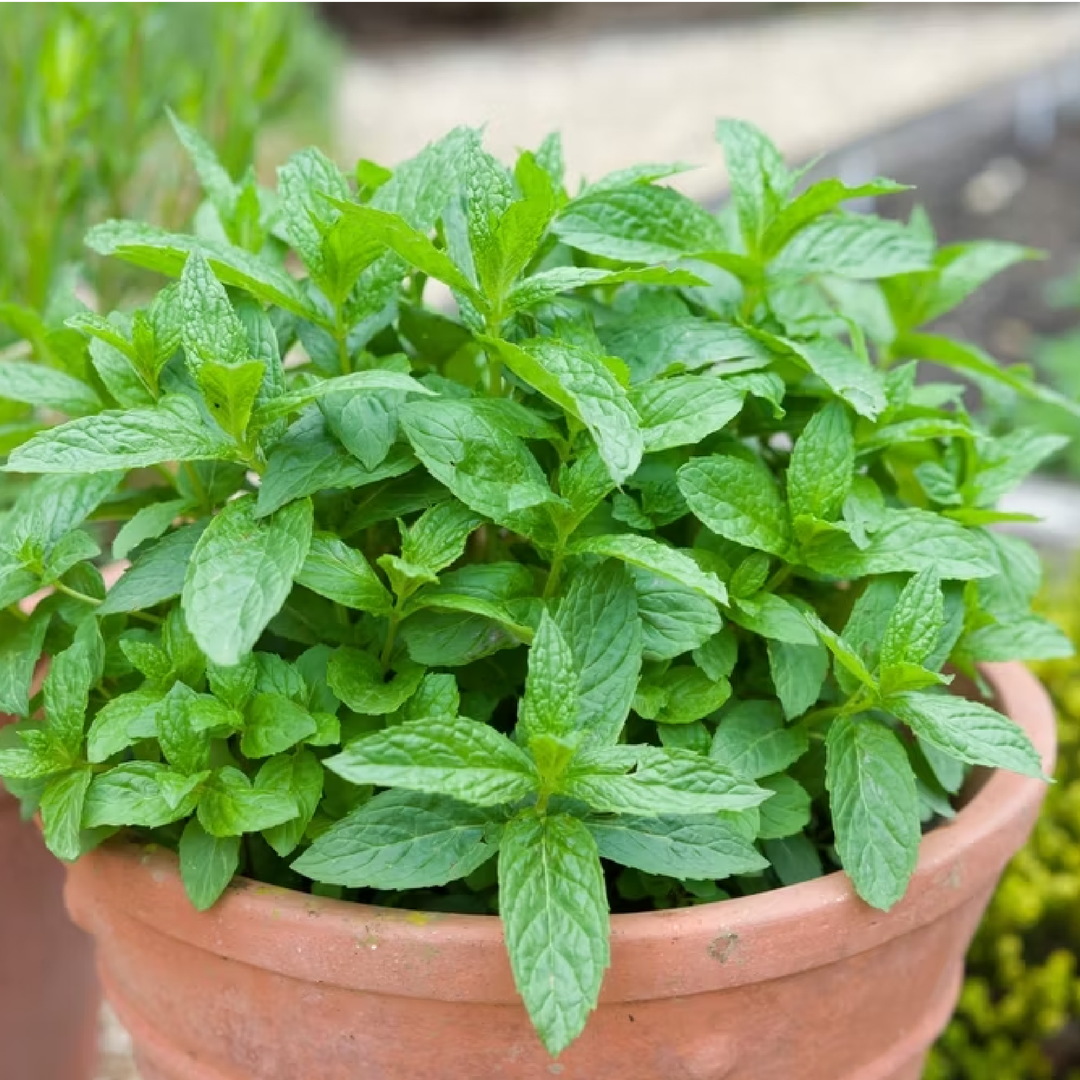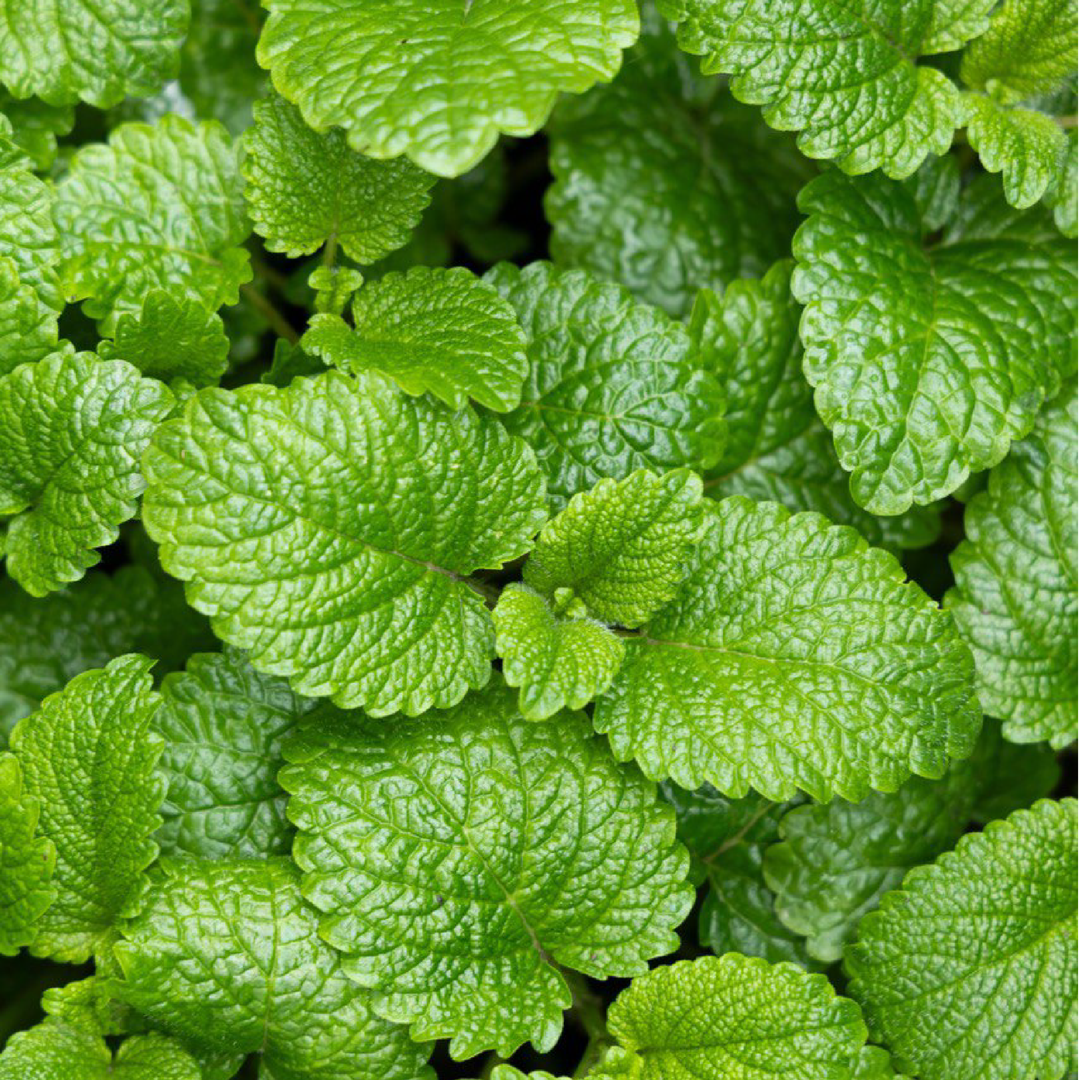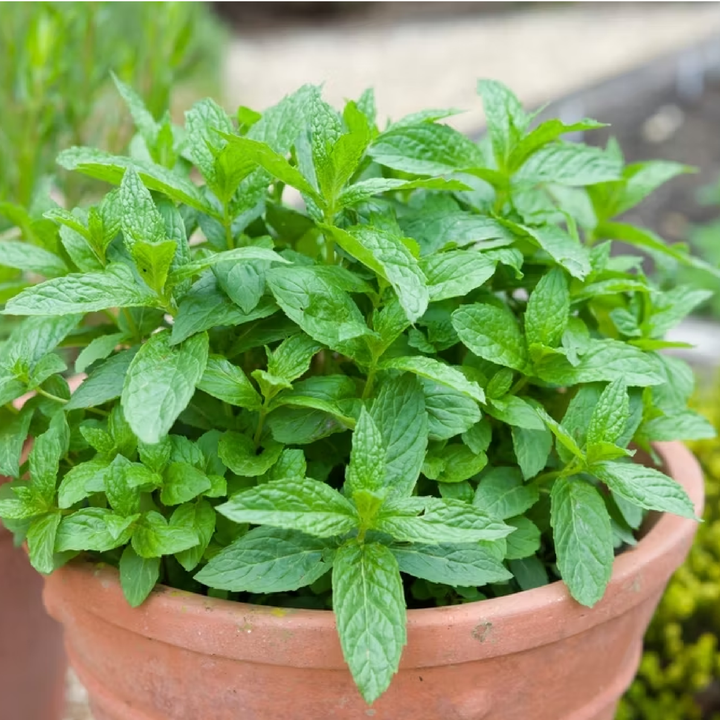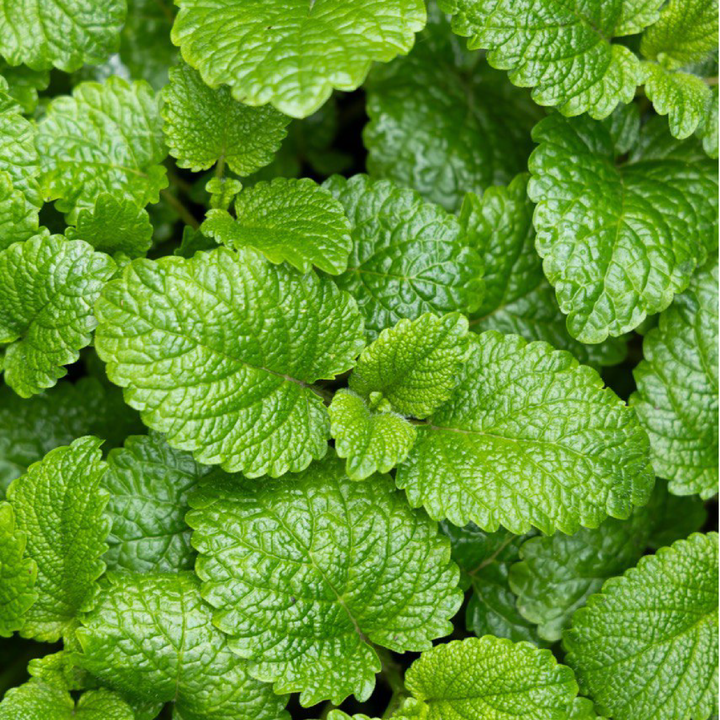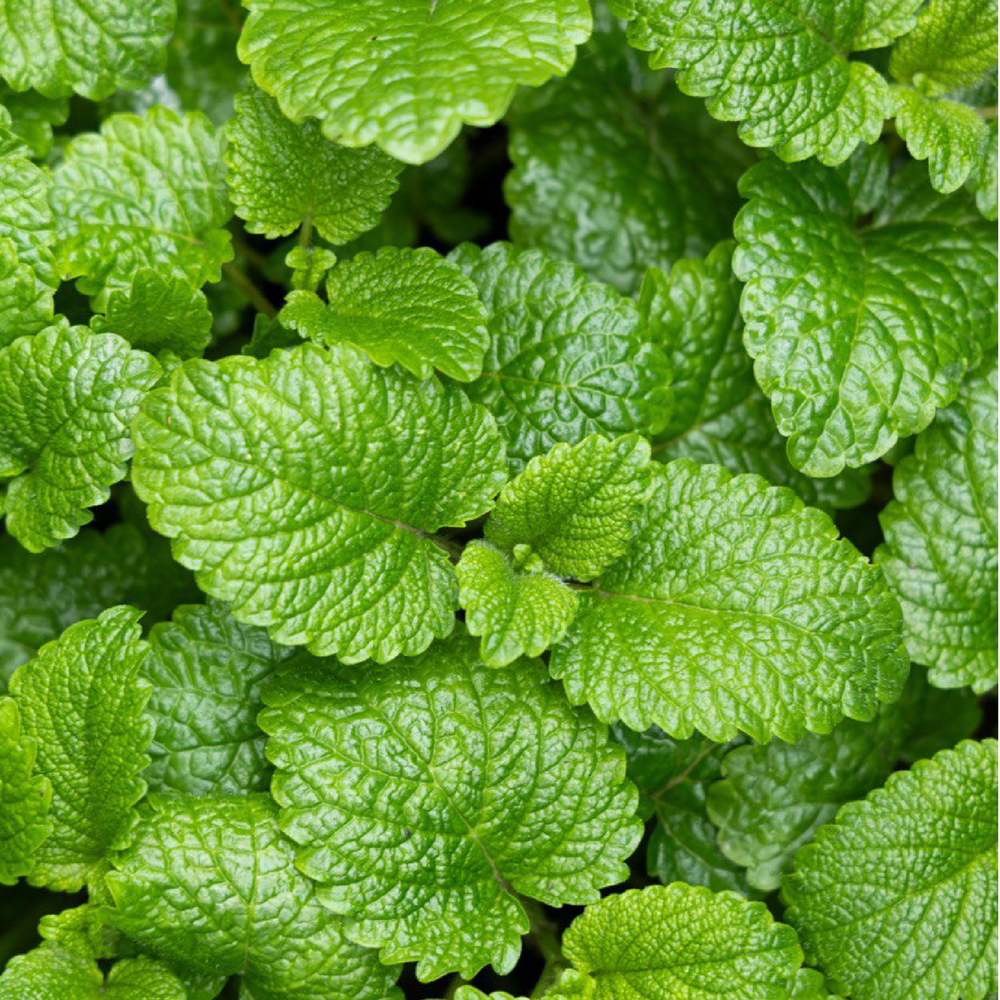MINT SEEDS
بذور النعناع
- Shipping all over U.A.E
- In stock, ready to ship
- Backordered, shipping soon
Planting Mint Seeds
- Timing: Mint seeds can be started indoors 8-10 weeks before the last frost or directly sown outdoors in the spring after the risk of frost has passed.
- Preparation: Mint seeds are small and should be handled carefully. Before planting, it's helpful to soak the seeds in water for 12-24 hours to encourage quicker germination.
- Planting Depth: Plant the seeds shallowly, about ¼ inch (0.6 cm) deep, as they need light to germinate.
- Spacing: Space seeds or seedlings about 18-24 inches apart, as mint spreads quickly and can take over a garden if not contained.
- Container Option: Mint is an invasive plant, so growing it in containers is often recommended to control its spread.
Growing Conditions
- Light: Mint thrives in full sun but can tolerate partial shade. Ideally, it should receive about 4-6 hours of sunlight daily.
- Germination Time: Mint seeds typically take 10-15 days to germinate. Be patient, as some seeds might take longer, depending on growing conditions.
Watering
- Consistent Moisture: Mint prefers consistently moist soil. Water the plants regularly, ensuring that the soil is damp but not waterlogged.
- Mulching: Applying a layer of mulch around the plants can help retain soil moisture and prevent weeds from growing.
Temperature
- Optimal Range: Mint grows best in temperatures between 55°F and 70°F (13°C to 21°C).
- Hardiness: Mint is hardy in USDA zones 3-11. In colder climates, mint can survive light frost but may die back in the winter and regrow in the spring.
Soil Requirements
- Type: Mint thrives in rich, well-draining soil with a pH of 6.0 to 7.0.
- Soil Preparation: Before planting, mix compost or organic matter into the soil to improve its nutrient content and drainage.
- Container Soil: If growing in containers, use a good-quality potting mix that retains moisture but also drains well.
Caring for Mint
- Pruning: Regularly prune the mint to encourage bushier growth. Pinch off the tops of the stems to prevent the plant from becoming leggy.
- Fertilizing: Mint doesn’t need heavy feeding. Apply a balanced, all-purpose fertilizer in the spring to give the plants a boost, but avoid over-fertilizing as it can lead to weaker flavor.
- Harvesting: You can start harvesting mint leaves once the plant reaches about 4-6 inches in height. Regular harvesting encourages new growth.
- Pests and Diseases: Mint is generally resistant to most pests and diseases but watch out for aphids, spider mites, and fungal diseases like powdery mildew. If you notice any infestations, treat them promptly with insecticidal soap or neem oil.
Additional Tips
- Companion Planting: Mint can repel pests like ants, mosquitoes, and aphids, making it a good companion plant for vegetables like tomatoes and cabbages.
- Control Spread: Mint is highly invasive. To prevent it from spreading too far, consider planting it in a container or using a root barrier to contain its growth.
If you looking for a range of Plants. Please visit our online store.
What we offer in this Package: 1g MintSeeds
Thank you for shopping with us! We aim to deliver your order as quickly and safely as possible.
- Processing Time: Orders are processed within 1-2 business days.
- Shipping Time: Delivery usually takes 3-5 business days, depending on your location.
- Tracking: Once your order is shipped, you’ll receive a tracking number via email to monitor your shipment.
- Shipping Costs: Shipping fees will be calculated at checkout based on your location and order size.
- Delays: Please note that during holidays or high-demand periods, there may be slight delays.
If you have any questions about your order, feel free to contact our support team. We’re here to help!


